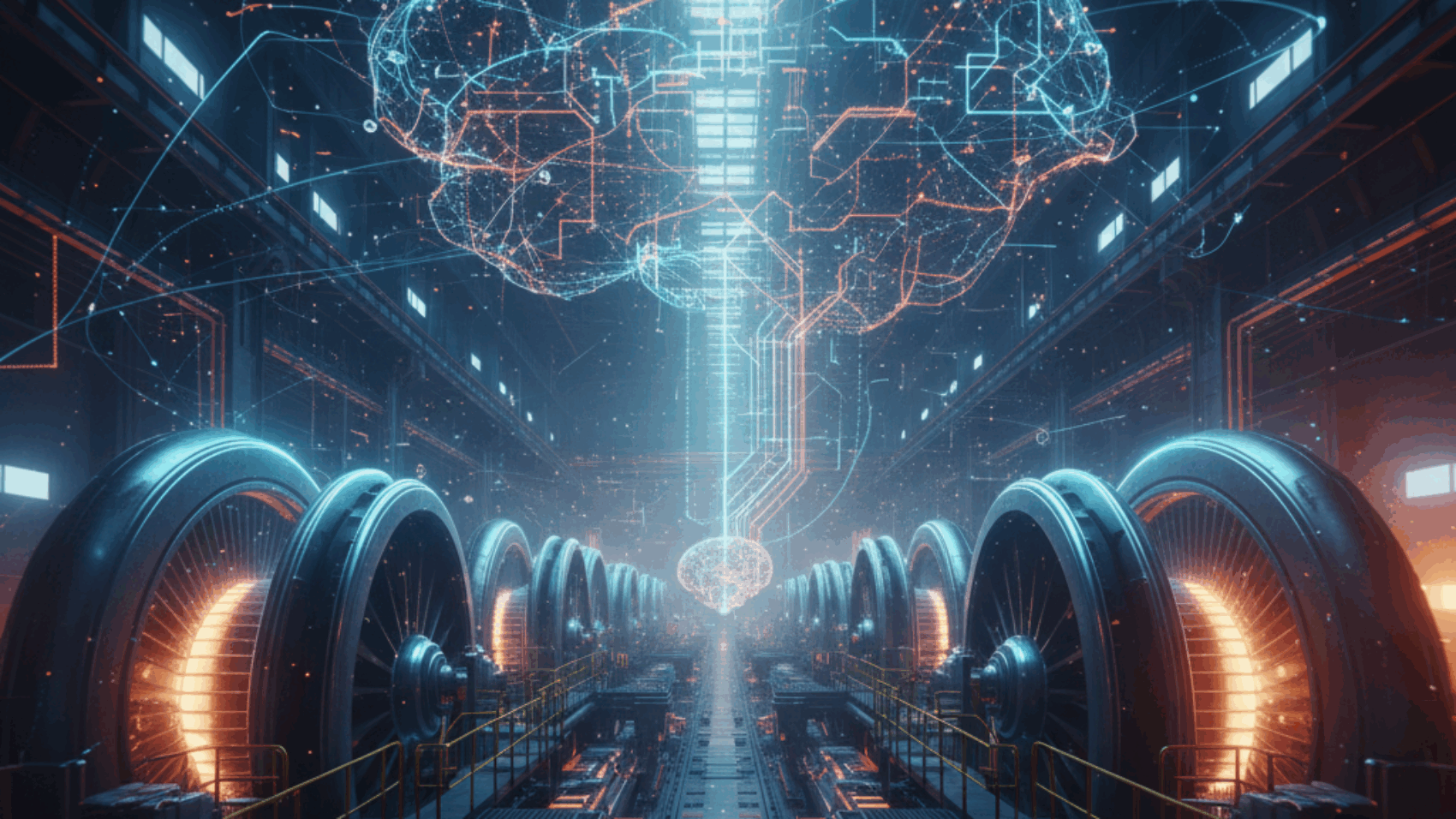When Machines Start Anticipating Their Own Failure
Introduction
In today’s hyperconnected industrial world, downtime isn’t just an inconvenience — it’s a chain reaction that can ripple through entire energy systems, manufacturing lines, and data centers. Enter adaptive AI models for fault prediction — intelligent systems that don’t just detect anomalies but learn and evolve with every operational cycle. These self-improving algorithms are quietly redefining how we keep our world powered, productive, and resilient.
The Shift from Reactive to Predictive Reliability
For decades, maintenance relied on periodic checks or human intuition. Predictive maintenance brought progress by using sensors and historical data, but even that model had limits. Adaptive AI represents the next evolution — one that continuously learns from each machine’s behavior.
Instead of applying static thresholds, these models use reinforcement learning and real-time feedback loops to adapt their fault detection logic dynamically. In power plants and grid substations, for instance, adaptive AI can detect subtle vibration changes in turbines or transformers that conventional systems might overlook.
Key advantages include:
- Continuous learning: Models evolve with real-time data streams, refining thresholds as machinery ages or operating conditions shift.
- Context awareness: Algorithms adjust to environmental factors such as humidity, temperature, and load variation.
- Reduced false alarms: Self-calibrating systems learn to differentiate between transient fluctuations and genuine fault signatures.
This dynamic intelligence translates into fewer unplanned shutdowns and significantly lower maintenance costs — both crucial for sectors where uptime equals stability.
Inside an Adaptive AI System
An adaptive AI fault prediction system typically involves three core layers:
- Sensing and Data Ingestion: Industrial IoT devices capture multi-dimensional telemetry — temperature, current, acoustic signatures, and more.
- Feature Evolution Engine: Instead of static feature sets, the model evolves its input weighting as new operational data arrives.
- Feedback Reinforcement: When the system’s prediction aligns (or conflicts) with real outcomes, it adjusts parameters autonomously, creating a self-tuning loop.
In the energy sector, utilities are beginning to deploy these architectures to predict component wear in high-voltage networks and renewable plants. For instance, wind farms now use adaptive AI to model turbine performance under varying wind loads — preventing gearbox failures before they occur.
The outcome is transformative: each operating cycle makes the system smarter and more aligned with the unique behavioral fingerprint of its machinery.
Energy Reliability and the New Frontier of Predictive Intelligence
The convergence of AI-driven fault prediction and energy infrastructure is no coincidence. As grids integrate more renewables and dynamic loads, traditional monitoring tools struggle to cope with fluctuating input. Adaptive models fill that gap.
In modern power networks:
- Solar inverter failures are now detected days earlier using adaptive voltage pattern recognition.
- Transformer degradation is modeled through self-learning vibration signatures.
- Battery storage systems adjust predictive thresholds based on ambient temperature trends.
By understanding both the electrical and mechanical “personality” of each asset, adaptive AI becomes an invisible guardian of energy reliability. In effect, these models are helping build a self-healing grid — one that identifies risks before humans even notice anomalies.
Challenges and the Road Ahead
As promising as adaptive AI is, real-world deployment comes with challenges:
- Data volume: The accuracy of adaptive systems depends on large, clean datasets. Noisy or incomplete data can skew learning.
- Model transparency: Engineers must understand why an adaptive model makes a particular prediction — a tough ask when dealing with self-modifying algorithms.
- Integration: Legacy equipment in factories and energy plants often lacks the sensors required for rich data ingestion.
Still, these hurdles are being addressed. Edge computing now allows local AI inference with minimal latency, and explainable AI (XAI) frameworks are emerging to make adaptive systems more interpretable. The key will be balancing autonomy and accountability — giving machines enough freedom to evolve, but keeping humans firmly in the loop.
Conclusion
Adaptive AI models for fault prediction mark a turning point in how we manage reliability. By merging machine learning with operational awareness, these systems don’t just predict failures — they help prevent them altogether. In industries where uptime equals trust — from data centers to renewable energy grids — this technology is building a future where resilience evolves as fast as risk.

